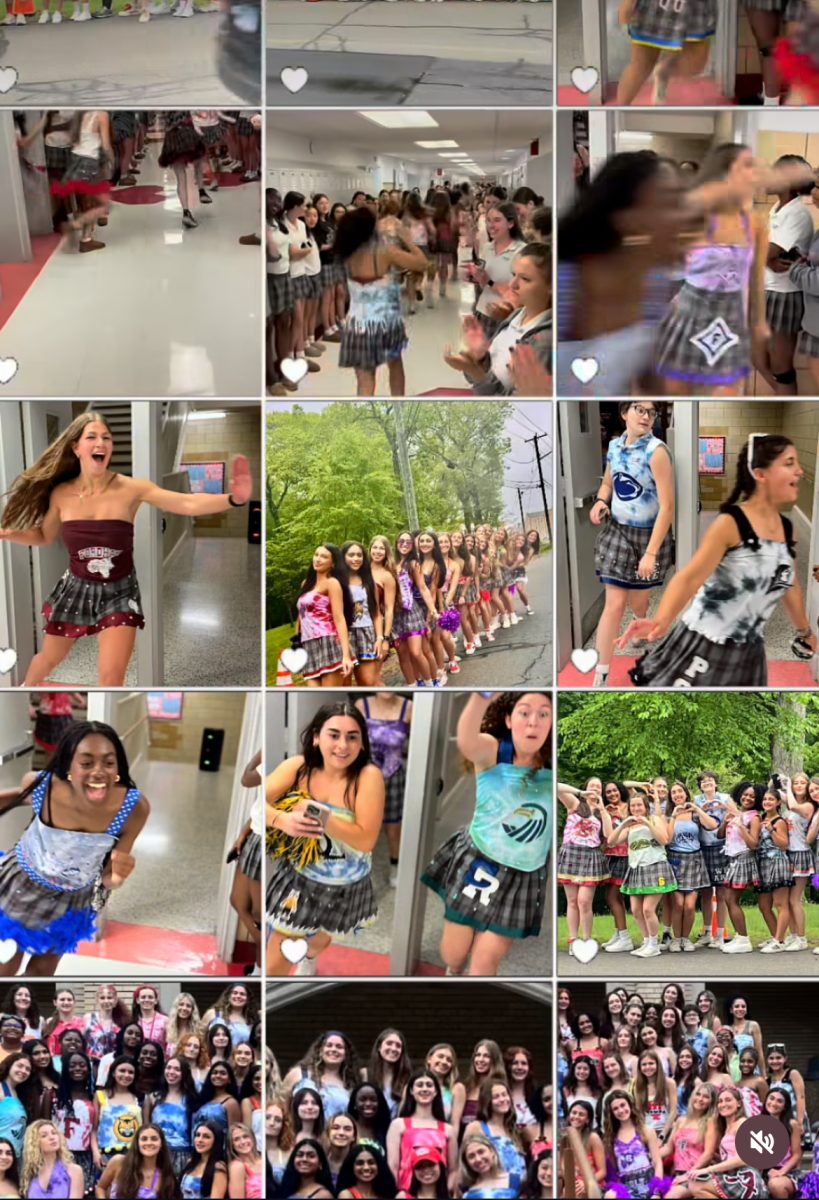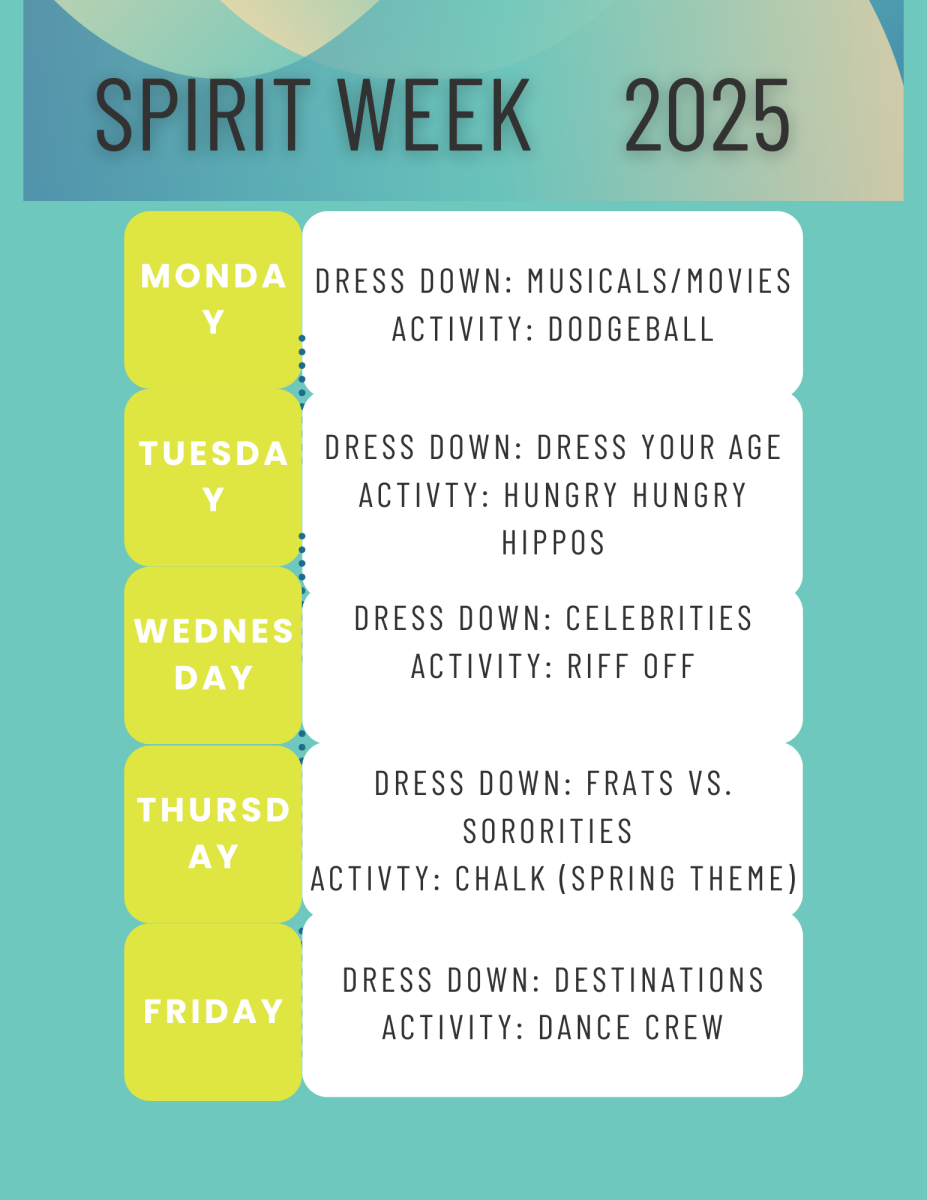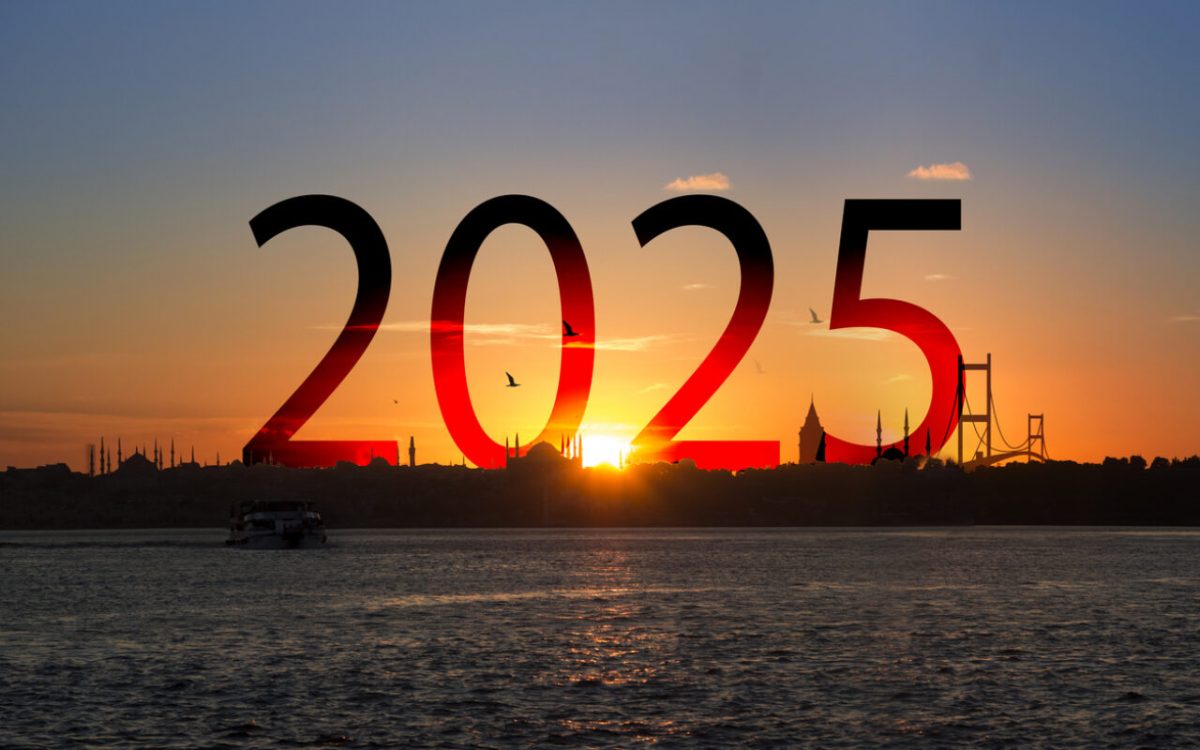“A Nebraska volleyball match just broke the world record for women’s sports attendance” was the title of an NBC news article, similar many others that were written when the Nebraska Cornhusker smashed the world record for attendance at a women’s sporting event after their match against Nebraska-Omaha drew more than 92,000 fans. Sports have always been a reflection of our society, embodying its values, norms, and inequalities. While progress has been made in recent years to promote gender equality in various aspects of life, the realm of women’s sports still grapples with deeply ingrained gender disparities. The persistent disparity between men’s and women’s opportunities is a glaring injustice in sports. Empowering equality enables passionately deep-rooted gender inequalities in women’s sports. Additionally, by highlighting these disparities, I believe people should try to spread awareness about the urgent need for equal opportunities and recognition in athletics.
Gender inequality is a pervasive problem in society, and the world of sports is no exception. Women and girls face several challenges in participating in and excelling at sports, due to a variety of factors, including sexism, discrimination, and lack of resources.
Historically, women have been excluded from participating in sports altogether. In the late 19th and early 20th centuries, many people believed that sports were too dangerous for women and could damage their health or reproductive organs. As a result, women were banned from participating in many sports, including baseball, tennis, and basketball.
Even as women began to gain more access to sports in the mid-20th century, they continued to face discrimination. For example, in the 1960s, the Women’s Professional Tennis Association (WTA) was founded to provide women with a platform to compete professionally. However, the WTA was not initially recognized by the International Tenis Federation (ITF), and women’s tennis players were paid significantly less than their male counterparts.
Today, although women have made significant progress in the world of sports, gender inequality remains a problem. For example, women athletes are still paid less than their male counterparts, even for the same sports. In addition, women’s sports receive less media coverage than men’s sports, and female athletes are less likely to be sponsored by major corporations.
The impact of gender inequality in sports on both women and girls is significant. For example, girls are less likely to participate in sports than boys, due to several factors, including sexism, discrimination, or lack resources. In addition, women athletes who do participate in sports often face challenges and obstacles that men do not have to experience.
There is a need to take action to address gender inequality in the sports world and industry. One way to do this is to provide more resources and support for women and girls in sports. This includes providing access to quality training facilities and equipment, as well as providing financial support for female athletes. Another way to address gender inequality in sports is to challenge sexist stereotypes and attitudes about women’s sports. This can be done through education and awareness-raising campaigns.
It is important to remember that sports play an important role in society. They can help people develop physical fitness, learn teamwork and leadership skills, and build self-confidence. However, to reap the benefits of sports, everyone needs to have equal opportunities to participate. We must work together to create a more equitable world in which women and girls have the same opportunities to excel in sports as men and boys.
Addressing the gender disparities in sports requires rectifying funding disparities is crucial. Women’s sports often suffer due to inadequate financial support, hindering access to vital resources like training facilities and coaching staff. Equalizing funding can empower female athletes, offering them the resources necessary for growth and success.
Additionally, media representation must be amplified. Limited coverage perpetuates harmful stereotypes and belittles female athletes’ achievements. Increased visibility not only inspires future generations of athletes but also challenges gender biases, fostering a more inclusive sporting culture.
Ensuring equal opportunities for young athletes, regardless of gender, is paramount. This entails providing the same access to sports programs and scholarships, fostering a level playing field where talent can flourish uninhibited (Pascoe et al. 1385). By tackling these issues collectively, society can pave the way for a more equitable and empowering future in sports.
The battle for gender equality in sports signifies more than just athletic pursuits; it embodies a societal stride toward inclusivity and empowerment. We must not just recognize these disparities but to champion initiatives fostering equality actively. There is a need to empower athletes irrespective of gender, shaping a future where talent transcends boundaries.
For More information:
Caldwell, Sabrina, et al. “An Agile New Research Framework for Hybrid Human-AI Teaming: Trust, Transparency, and Transferability.” ACM Transactions on Interactive Intelligent Systems, vol. 12, no. 3, 30 Sept. 2022, pp. 1–36, https://doi.org/10.1145/3514257.
English, Colleen. “Elite Women Athletes and Feminist Narrative in Sport.” Sport, Ethics and Philosophy, May 2020, pp. 1–14, https://doi.org/10.1080/17511321.2020.1767185.
Gerard, Kelly. “The Political Practices of Gender Experts: Repurposing Women’s Empowerment.” Globalizations, Taylor & Francis, Aug. 2023, pp. 1–19, https://doi.org/10.1080/14747731.2023.2240150. Accessed 12 Oct. 2023.
Pascoe, Michaela, et al. “Gender-Specific Psychosocial Stressors Influencing Mental Health among Women Elite and Semielite Athletes: A Narrative Review.” British Journal of Sports Medicine, vol. 56, no. 23, Oct. 2022, https://doi.org/10.1136/bjsports-2022-105540.







